Thornewood Open Space Preserve
Thornewood Open Space Preserve
It had been a year and a half since our last visit to Thornewood Open Space Preserve, so on Sunday D. and I decided to go, and I took these pics.
It's a beautiful day in the woods. It's warm, even in the shade. The air is still and quiet.

We set out on the Schilling Lake Trail.

Woodland madia (Anisocarpus madioides).

Another look up at the canopy overhead.

The blackberries are ripening on the vine.

Hedgehog dogtail grass (Cynosurus echinatus) has a complicated, compound name, like Gabriel García Márquez or Camilla Parker Bowles.

Forget-me-nots (Myosotis latifolia) like the shady parts of the trail.

Indian warrior (Pedicularis densiflora) often grows as a parasite on the roots of other plants (most often manzanita), but it can also grow on its own if there are no preferred host plants nearby.

Beaked hawksbeard (Crepis vesicaria ssp. taraxacifolia) with bug.
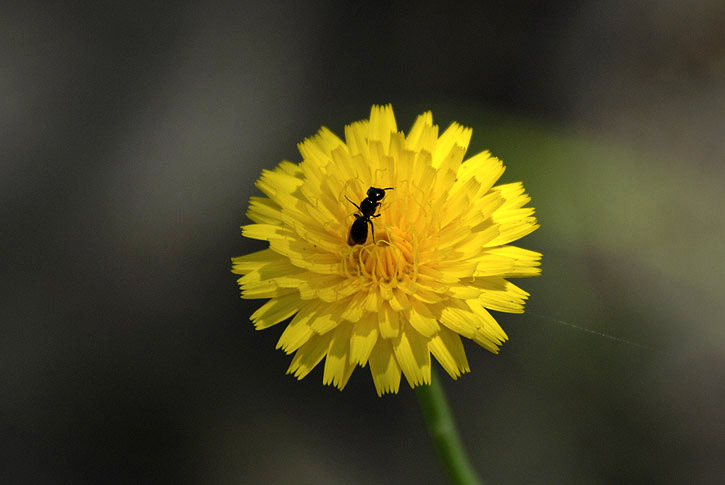
Ithuriel's spear (Triteleia laxa) sends up lovely purple flowers in the spring.

Floof!
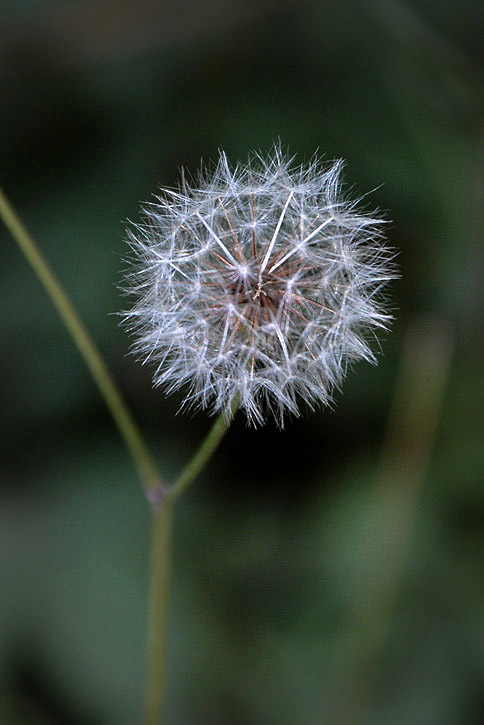
This western fence lizard (Sceloporus occidentalis) scampers ahead of us on the trail.


California honeysuckle (Lonicera hispidula var. vacillans) has pea-like flowers.

More hawksbeard, sans bug.
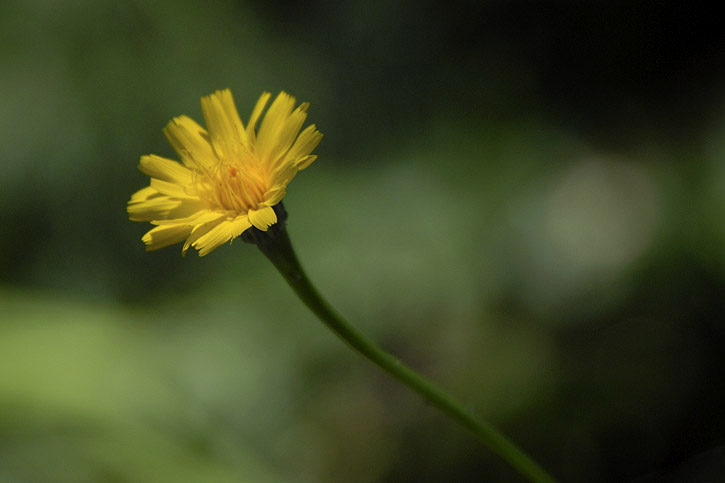
Poison oak (Toxicodendron diversilobum) can grow as a shrub or a vine.

Sticky monkey flower (Mimulus aurantiacus).

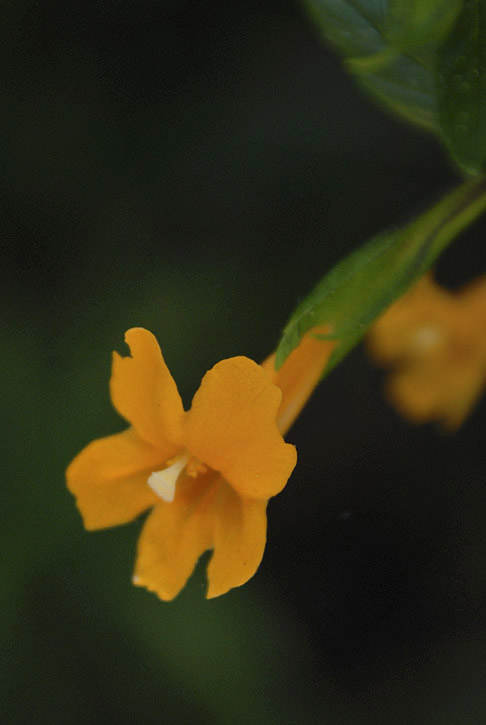
More honeysuckle, about to pop into bloom.

California everlasting (Pseudognaphalium californicum) is also known as California cudweed, green everlasting and ladies' tobacco.

The trail wends through the woods toward a clear, south-facing slope.

California blackberry (Rubus ursinus).

Prickly sow thistle floof (Sonchus asper ssp. asper).

The sunny stretch of the trail, and the view to the east with a bit of San Francisco Bay and the Diablo Range in the distance.


Common verbena (Verbena lasiostachys) is a summer bloomer.

More forget-me-nots.

The trail re-enters the woods, and the shade is welcome. Not a breath of air is stirring.

Blue-eyed grass (Sisyrinchium bellum) is neither blue nor a true grass. Don't aks me why it's called blue-eyed grass.

Douglas's iris (Iris douglasiana) is a common woodland flower.

Golden brodiaea (Triteleia ixioides ssp. ixioides) looks like a spray of yellow stars.
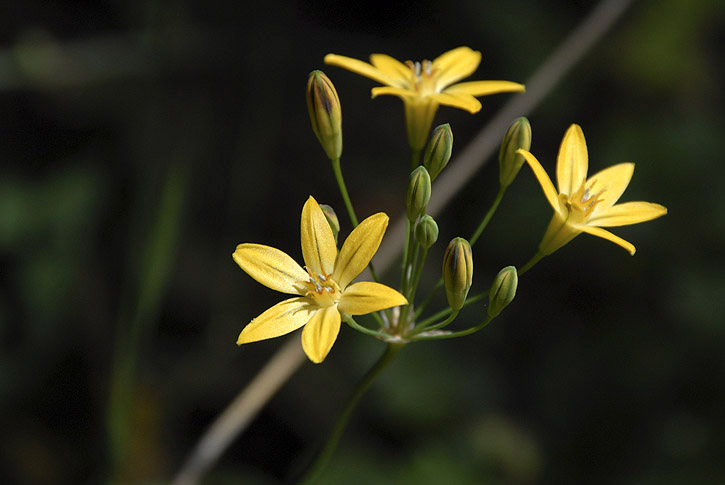
Poison oak has finished its blooming period and berries are now developing.
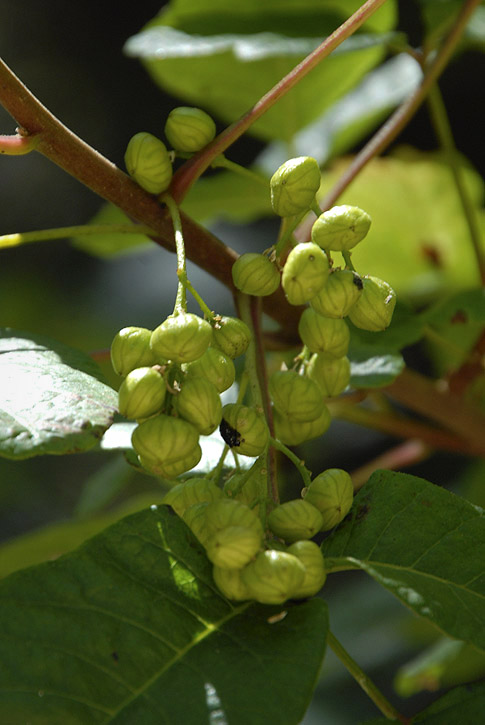
As we get closer to Schilling Lake, we come upon stands of second- and third-growth redwoods.

Another Douglas's iris.

St. Johns Wort (Hypericum calycinum) likes to grow below the redwoods. They are in bloom now.

If a tree falls in the forest and smashes on top of a bench and no one is around to hear if it makes a sound or not, will anyone come and repair the bench?

Within sight of Schilling Lake, we see stands of water iris (Iris pseudacorus), a fast-growing and fast-spreading non-native invasive plant that can outcompete other wetland plants, forming almost impenetrable thickets.

Schilling Lake is formed by a 200-foot-long earthen dam first constructed in the late 1800s by pioneering lumberman Dennis Martin, and enhanced in 1910 by noted spice baron Augustus Schilling, who once had an estate on the surrounding land.

Although sedimentation has reduced the lake volume by 75% over the last century, the lake still holds about 3 acre-feet of water (approximately 1 million gallons, or 1.5 Olympic-sized swimming pools). It is estimated that the lake will fill completely with sediment within another 50 years.
Giant horsetails (Equisetum telmateia ssp. braunii) crowd together on the south shore of the lake, looking like green bottle brushes on steroids.


And where there is a lake, there are damselflies.


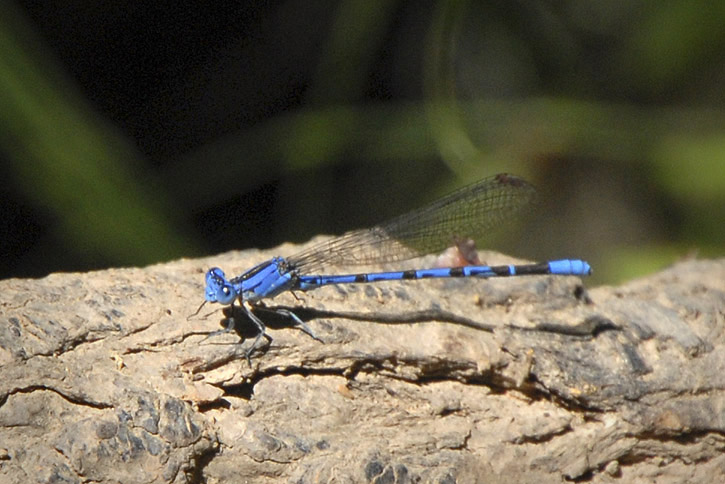
Water hemlock (Cicuta douglasii).

More water iris.
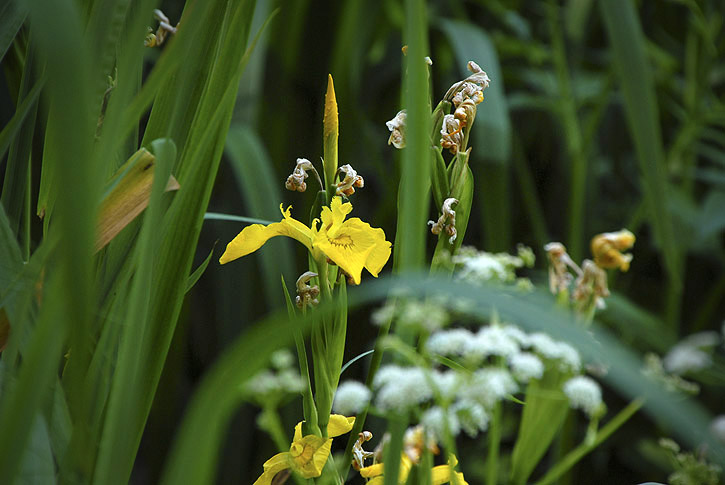
Another look at Schilling Lake before we turn around and head back.

We see another lizard basking in a sunny spot of the trail.

Back at the trailhead we see a crimson columbine (Aquilegia formosa) we somehow overlooked when we started out.

.
It had been a year and a half since our last visit to Thornewood Open Space Preserve, so on Sunday D. and I decided to go, and I took these pics.
It's a beautiful day in the woods. It's warm, even in the shade. The air is still and quiet.

We set out on the Schilling Lake Trail.

Woodland madia (Anisocarpus madioides).

Another look up at the canopy overhead.

The blackberries are ripening on the vine.

Hedgehog dogtail grass (Cynosurus echinatus) has a complicated, compound name, like Gabriel García Márquez or Camilla Parker Bowles.

Forget-me-nots (Myosotis latifolia) like the shady parts of the trail.

Indian warrior (Pedicularis densiflora) often grows as a parasite on the roots of other plants (most often manzanita), but it can also grow on its own if there are no preferred host plants nearby.

Beaked hawksbeard (Crepis vesicaria ssp. taraxacifolia) with bug.

Ithuriel's spear (Triteleia laxa) sends up lovely purple flowers in the spring.

Floof!

This western fence lizard (Sceloporus occidentalis) scampers ahead of us on the trail.


California honeysuckle (Lonicera hispidula var. vacillans) has pea-like flowers.

More hawksbeard, sans bug.

Poison oak (Toxicodendron diversilobum) can grow as a shrub or a vine.

Sticky monkey flower (Mimulus aurantiacus).


More honeysuckle, about to pop into bloom.

California everlasting (Pseudognaphalium californicum) is also known as California cudweed, green everlasting and ladies' tobacco.

The trail wends through the woods toward a clear, south-facing slope.

California blackberry (Rubus ursinus).

Prickly sow thistle floof (Sonchus asper ssp. asper).

The sunny stretch of the trail, and the view to the east with a bit of San Francisco Bay and the Diablo Range in the distance.


Common verbena (Verbena lasiostachys) is a summer bloomer.

More forget-me-nots.

The trail re-enters the woods, and the shade is welcome. Not a breath of air is stirring.

Blue-eyed grass (Sisyrinchium bellum) is neither blue nor a true grass. Don't aks me why it's called blue-eyed grass.


Douglas's iris (Iris douglasiana) is a common woodland flower.

Golden brodiaea (Triteleia ixioides ssp. ixioides) looks like a spray of yellow stars.

Poison oak has finished its blooming period and berries are now developing.

As we get closer to Schilling Lake, we come upon stands of second- and third-growth redwoods.

Another Douglas's iris.

St. Johns Wort (Hypericum calycinum) likes to grow below the redwoods. They are in bloom now.

If a tree falls in the forest and smashes on top of a bench and no one is around to hear if it makes a sound or not, will anyone come and repair the bench?


Within sight of Schilling Lake, we see stands of water iris (Iris pseudacorus), a fast-growing and fast-spreading non-native invasive plant that can outcompete other wetland plants, forming almost impenetrable thickets.

Schilling Lake is formed by a 200-foot-long earthen dam first constructed in the late 1800s by pioneering lumberman Dennis Martin, and enhanced in 1910 by noted spice baron Augustus Schilling, who once had an estate on the surrounding land.

Although sedimentation has reduced the lake volume by 75% over the last century, the lake still holds about 3 acre-feet of water (approximately 1 million gallons, or 1.5 Olympic-sized swimming pools). It is estimated that the lake will fill completely with sediment within another 50 years.
Giant horsetails (Equisetum telmateia ssp. braunii) crowd together on the south shore of the lake, looking like green bottle brushes on steroids.


And where there is a lake, there are damselflies.



Water hemlock (Cicuta douglasii).

More water iris.

Another look at Schilling Lake before we turn around and head back.

We see another lizard basking in a sunny spot of the trail.

Back at the trailhead we see a crimson columbine (Aquilegia formosa) we somehow overlooked when we started out.

.